Management and Reserves
Mexico, along with China, India, Colombia and Peru is among the five countries called “megadiverse”,
which together host between 60% and 70% of the known biological diversity of the planet (CONABIO, 2017). Nature Reserves, also called Ecological Reserves, are portions of land destined exclusively for the protection of natural ecosystems and the forms of life found in them (Cervantes, A., 2008).
The reserves that are officially created by Decree in Mexico, are called Natural Protected Areas (ANP).
The first natural reserve in Mexico was decreed on October 11, 1917, this being the Desierto de los Leones declared since then as a National Park, with an area of 1529 ha.

Desierto de los Leones
Photography: Alejandro Castañeda- creativecommons.org
Currently, the National Commission of Natural Protected Areas (CONANP) manages 182 federal areas (CONANP, 2018), which represent 91 million hectares of land and sea (Government Report, 2018). In addition, there are Natural Protected Areas that are managed at the state, municipal and even community or ejidal and private levels.
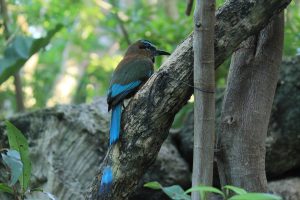
Photography: Angie Toh – Pixabay.com
For a proper management of natural reserves, it is important that the management program is generated, this is the governing instrument of planning and regulation that establishes the activities, actions and basic guidelines for the management and administration of the respective protected natural area (Reg LGEEPA, 2014), in this, the category of the area, its surface, objectives, zoning (which usually consists of core and buffer zones, each of which has a subzonation), densities, activities that can or not develop in the different zones, as well as actions that must be carried out in the reserve as part of its management.
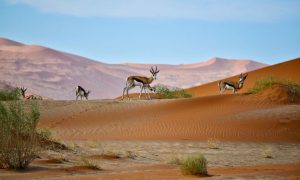
Photography: Arne Smith – Unsplash.com
The management of reserves is not an easy task, it requires good coordination between governments for administration as well as for surveillance, participation of organized civil society, support from the academy, and other links that allow reaching the objectives of each reserve, among them and as an outstanding objective, the conservation of the representative ecosystems to be protected.
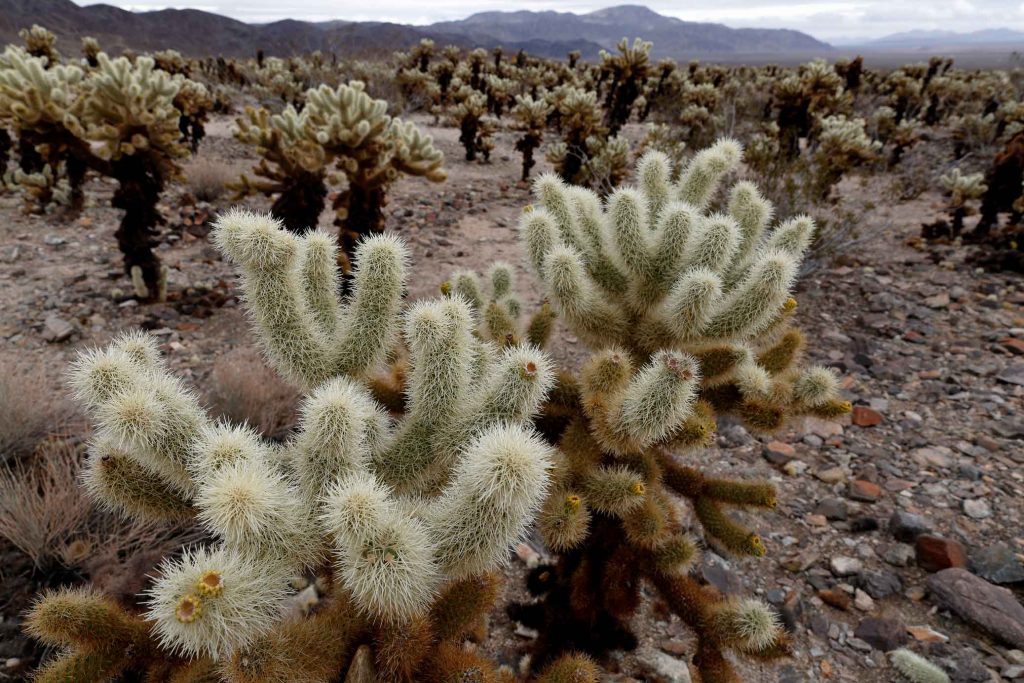
Joshua Tree National Park. California. USA. Photography: Ed Dunens – creativecommons.org 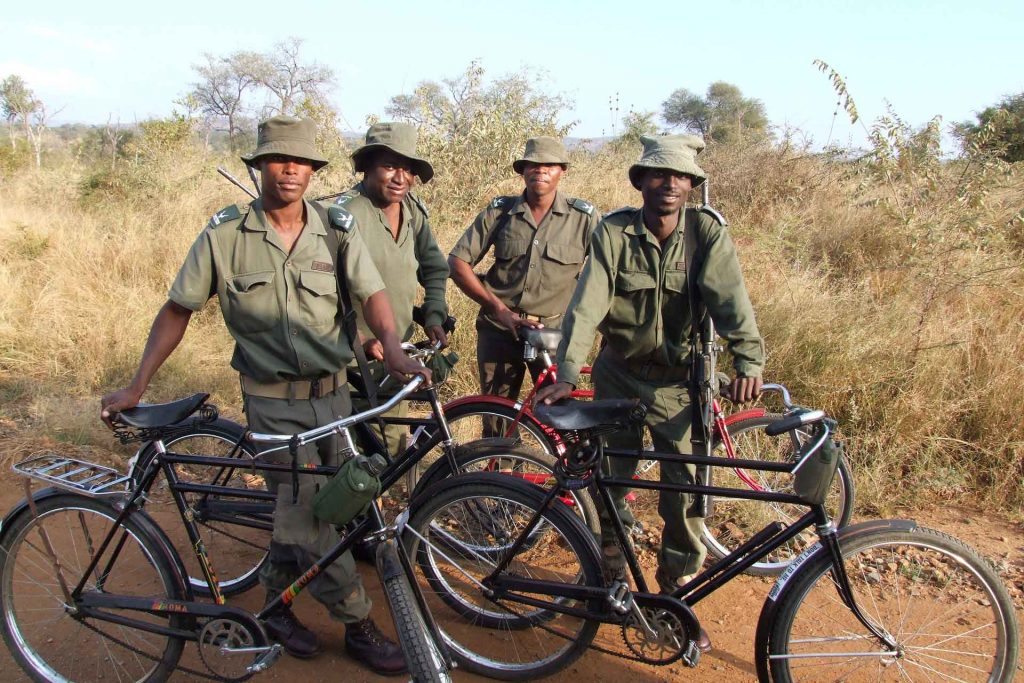
Park Rangers Photography: Ptera – Pixabay.com
Users, visitors, and citizens in general, play an important role in the achievement of the objectives, in such a way that under the expression of “Think global, act local”, I share a series of recommendations that the CONANP issues for the conservation of the natural protected areas, these are:
- Follow the rules, regulations and measures established by the authorities of the protected natural area to avoid accidents or damage to the ecosystem.
- Make the entrance payment to the protected area.
- Respect and value local culture, for example, ask permission to take photographs or participate in a party or ritual.
- Limit the use of sound equipment.
- Avoid wearing bright clothes.
- Follow the recommendations to avoid accidents.
- Limit the use of lamps in night tours.
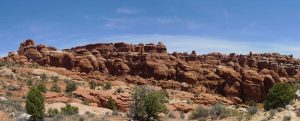
Arches National Park, UT
Photography: Tony Kent – creativecommons.org
- Be informed about the necessary permits to take photographs in the ANP for commercial purposes.
- Do not introduce pets.
- Do not buy wildlife of illegal origin.
- Avoid firing in areas not provided by the administration of the areas.
- Avoid annoying noises, especially in the proximity of wild animals and their nesting sites.
- Dispose of waste properly. Take plastic bags for garbage in your field trips and return them to the city.
- It is totally forbidden to collect flora and wildlife species inside the Protected Natural Areas.
- Do not acquire or transport wild orchids.
- Respect the bans on hunting, fishing and consumption of wild species (CONANP, 2018).
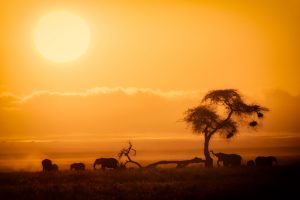
African Sunrise, Amboseli National Park.
Photography: Ray in Manila – creativecommons.org








